Jump to:
Rattan’s appeal and comfort have made it a staple in outdoor spaces. However, weather conditions, especially during the colder months, can be tough on it. So, can rattan furniture survive winter? Here, we’ll find answers by looking at how well this material stands up to snow and frost. We’ll also provide some winterising tips, so keep reading!
How Well Does Rattan Furniture Endure Winter?

Rattan garden furniture can last through the winter season if given the right care and protection. Synthetic rattan fares better than natural rattan, as it’s designed to be more resistant to moisture, UV damage, and temperature fluctuations.
However, both types benefit from being covered using waterproof rattan furniture covers. Plus, when stored indoors, such as in garden sheds or garages, they will be protected from snow damage and strong winds.
What Are the Potential Winter Risks?

Let’s take a closer look at what challenges rattan furniture might face during this time of year:
1. Exposure to moisture
Winter brings increased moisture levels, from rain and snow to frost and dew. Both natural and synthetic rattan tend to soak up water. If your furniture remains exposed to the elements, it could swell, warp, and develop mould.
Read our guide, ‘Does Rattan Furniture Go Mouldy?’ to learn more.
2. Temperature fluctuations
Winter brings about rapid temperature changes, which can be problematic for rattan. The material may contract and expand, risking cracks, splits or a weakened structure.
For instance, let’s say your rattan outdoor chairs are left on the porch on a cold winter day. Later, when you bring them inside, where it’s warm, they might expand due to the temperature change.
Tip: To prevent this, cover the pieces when not in use or bring them indoors before the onset of snow.
3. Snow and ice
Accumulating snow and ice can add weight and pressure to your rattan furniture. This excess load may cause the pieces to bend or even break, leading to structural damage.
4. UV radiation
Despite the overcast skies of winter, UV radiation remains a threat. Prolonged exposure to UV rays can cause the rattan fibres to fade and weaken. In return, your rattan sets may become brittle and lose their lustre.
What Are the Signs of Winter Damage?
We’ve mentioned some of the signs you need to keep an eye on above, but here’s a breakdown for further details:
- Cracks and splits: Check for any visible cracks or splits in the rattan material. Pay attention along the surface or at the joints of the furniture.
- Warping: Look for any signs of warping, where the shape of the furniture may have become distorted. This is often caused by exposure to moisture or temperature fluctuations.
- Discolouration: Note any changes in colour or fading of the rattan fibres. These indications are usually from UV radiation or moisture.
- Mould growth: Mould and mildew grow in areas where moisture accumulates. This includes underneath the garden chair cushions and the crevices.
- Weakness or instability: Test for rocking or instability, which could signal structural damage.
- Brittle fibres: Check the flexibility of the rattan fibres. If they feel brittle or prone to snapping, it’s likely damaged by the cold weather.
How to Winter Proof Your Garden Rattan Furniture?
Providing proper care and protection can ensure your rattan furniture can resist the cold and wet conditions of winter. The following tips should help enhance its reliance and extend its overall lifespan:
Maintaining and cleaning rattan furniture

- Remove dust and debris using a soft brush, cloth or vacuum cleaner.
- Wipe down with a solution of water and mild detergent. Make sure not to oversaturate the material.
- Apply a recommended sealant for added protection.
Cushion care
- Remove cushions from the furniture and wipe away surface dust and grime using a soft brush or cloth.
- Prepare warm water and mild detergent, then scrub the cushions with a sponge or soft brush.
- Rinse the cushions with clean water to remove any soap residue. Allow them to air dry completely before returning them to the furniture.
Furniture cover tips

- Cover the entire rattan garden furniture to shield it from the elements.
- Ensure a snug fit and secure the cover with drawstrings or straps. This will help prevent it from blowing away during windy conditions.
- To make the cover even more secure, use clips, cords, or heavy objects like sandbags.
- Opt for high-quality, weather-resistant materials such as polyester, vinyl, or other waterproof fabrics. These materials are durable and provide reliable protection against moisture.
Note: These tips apply to a variety of rattan furniture pieces, including rattan dining sets, sofa sets, and more.
Round-up
While rattan furniture brings charm to outdoor spaces, it faces challenges during winter. However, with proper care and protection, it can endure the season. Keep an eye out for signs of winter damage and follow maintenance tips to prolong its lifespan!
What’s up next for you to discover: How To Store Rattan Garden Furniture
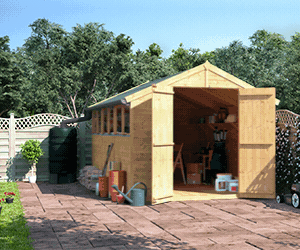

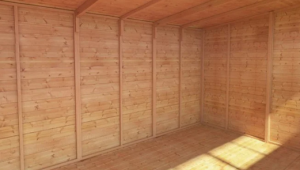
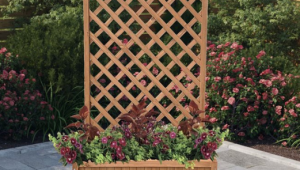

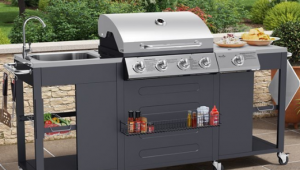


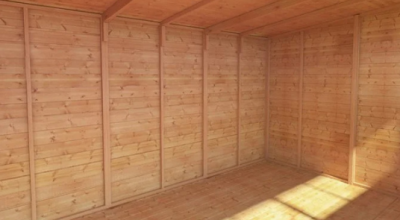
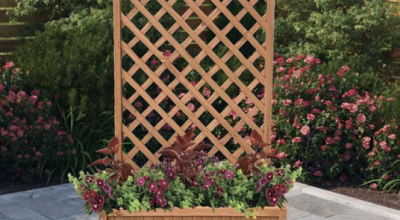

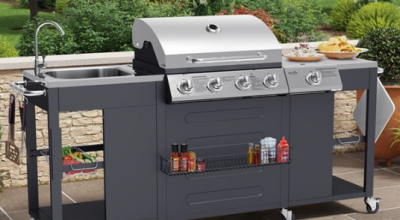

What do you think ?